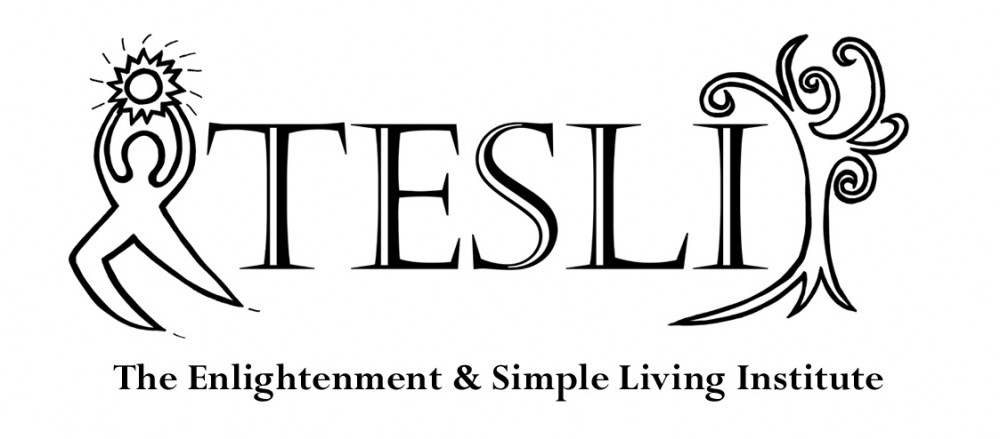Since November 2014, when I was introduced to Padmasambhva, I have been studying Dzogchen. Dzogchen (aka Atiyoga) is a central teaching of the Nyingma school of Tibetan Buddhism. The focus of this branch of Buddhism is on attaining and maintaining the natural, primordial state. This state or condition is also referred to as “ground” or base (Tibetan gzhi). Having knowledge of this state (meaning direct experience) is called rigpa.
The essential practices of Dzogchen are not unlike the practices and goals of Christian Contemplatives. Having followed a Christian Contemplative path for the past couple years it is not surprising that I would awaken within me what is referred to as guruyoga. The essential practice of Christian Contemplation is to rest in God. I would define God, in this instance, as the natural primordial state or base. Hence, to me the systems are the essentially the same.
I am writing today, because I am noticing some personal internal conflict related to the Dzogchen teachings. I studied for a solid two years the Gelug school of TIbetan Buddhism (the branch of Buddhism that the Dalai Lama belongs to) as part of the Asian Classics Institute and Diamond Mountain University and graduated after a successful public debate with the title of Maroke. I then went on to write a summary of the teachings as The Twelve Steps as a Path to Enlightenment – How the Buddha Works the Steps. While, certainly not an expert, I am quite familiar with the open teachings of the Gelug school that was originally founded by Je Tsongkhapa in the fifteenth century.
Now, my Dzogchen teacher is Chogyal Namkhai Norbu and he admits in his book Guruyoga that at one time he was convinced that Tsongkhapa was definitely mistaken. Yes, the Gelug definition of ultimate reality is in conflict with the Nyingma definition. Indeed, I was taught that the idea that there was some “self-existent” primordial state was hogwash. Ultimate reality consisted of emptiness and emptiness alone.
I have been aware of this different perspective for several years. It didn’t really bother me too much. The practices for becoming realized are essentially the same. I figured all I needed to do was keep practicing and eventually I’d be able to experience for myself ultimate reality. I think the realized Christian Contemplative Bernadette Roberts sums it up the best:
“Whatever we care to call the ultimate reality, we cannot define or qualify it because the brain is incapable of processing this kind of data. ”
However, now I am in a position to start talking about what I am learning and it is hard for me to use the terms: primordial state, buddha nature, ground, or base, because they naturally bring up an idea that their is something that is self-existent that is part of us. I know that regardless of what we call it, the primordial state is not a state, not a condition, and not a thing. It is beyond our concepts. Yet, somehow in Dzogchen we are asked to rest in that state.
If I am in a dualistic world, how can I rest in ground? It even seems presumptuous for me to say I am resting in ground. Perhaps, this is because I am not really capable of this yet. Or perhaps I just think it is beyond my capability. Further, whatever I think I am doing when I am resting in the “ground”, or being space, or resting in God, is merely an approximation of the true state of being in that ground 100% of the time. Yet this approximation is just what we need to do to progress.
CLEARINGS: What would it take for me to let go of my ideas about what ground is and what it means to rest in ground or what it is to rest in ground? What would it take to accept that I am capable of resting in ground and it may not look like I think it should? And everywhere I’ve taken on other people’s points of views and feel the need to give them significance, defend them, align with them or resist them- I would like to destroy and uncreate all that. Let’s clear all obstacles now! RWGBPODPOCA9SBB
